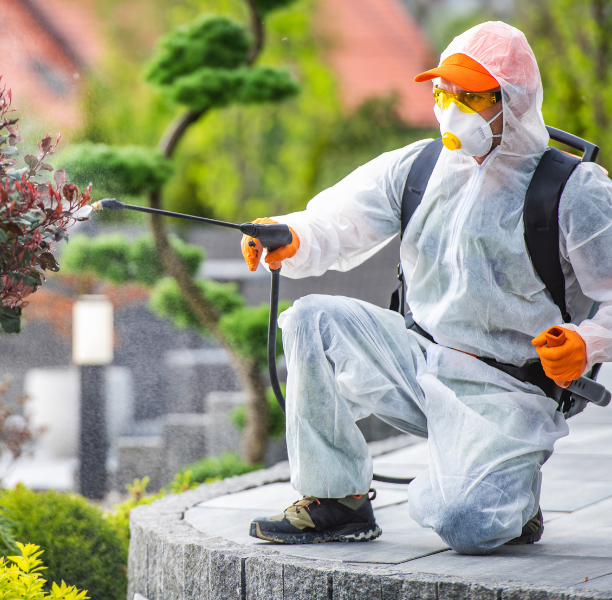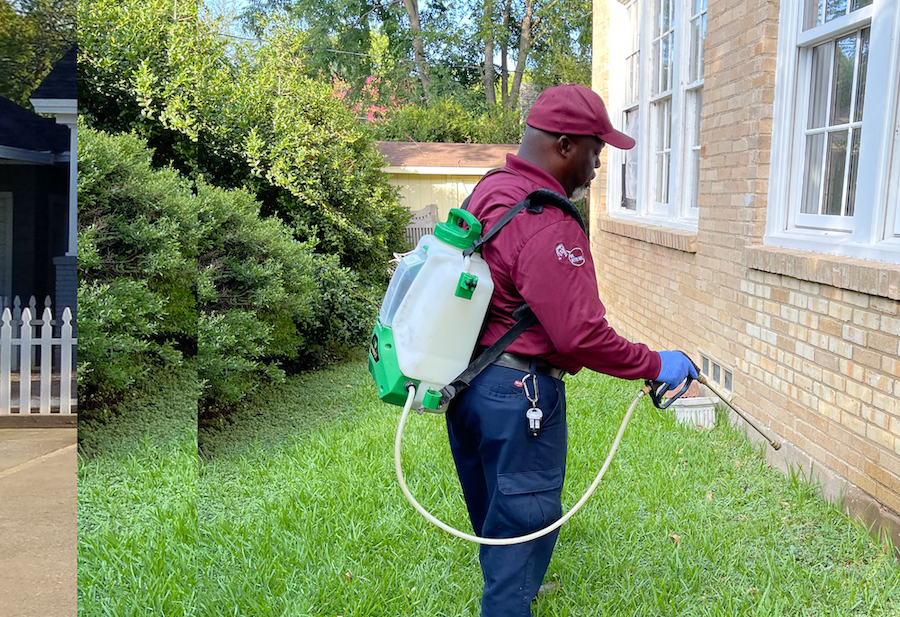Cost-Effective and Dependable Services by Pest Control Lockhart
Cost-Effective and Dependable Services by Pest Control Lockhart
Blog Article
Checking Out Problem and Treatment Strategies on the planet of Bug Control
The landscape of insect control incorporates a myriad of difficulties, specifically as invasions of usual home insects proceed to develop. Understanding the habits and reproductive patterns of these problems is essential for creating effective therapy strategies. By integrating safety nets with innovative management methods, such as Integrated Pest Administration (IPM), home owners can better protect their settings. The efficiency of these approaches might differ significantly based on particular scenarios. What hidden variables add to the success or failure of these techniques in various setups?

Usual House Vermin
When it comes to handling our home, comprehending typical house insects is vital. These pests not only disrupt our comfort yet can likewise pose health and wellness dangers and damages property. One of the most prevalent house bugs include ants, cockroaches, rodents, termites, and bed bugs.
Ants, usually seen foraging in cooking areas, can contaminate food and develop large swarms. Cockroaches, recognized for their durability, can cause allergies and spread virus. Rodents, consisting of mice and rats, can trigger architectural damage and lug diseases like hantavirus and salmonella. Termites, commonly referred to as "silent destroyers," can endanger the integrity of wooden frameworks, resulting in pricey repairs. Bed insects, although not condition carriers, can trigger substantial discomfort with their attacks and lead to mental distress.
Identifying the signs of these insects, such as droppings, nests, or bite marks, is necessary for very early treatment (Pest Control Lockhart). Proper sanitation practices, sealing entrance factors, and preserving a clutter-free setting are reliable preventative measures. By identifying these common home insects and comprehending their habits, home owners can take aggressive actions to minimize problems, ensuring a much healthier living setting
Recognizing Parasite Infestations
Parasite problems can rise promptly, transforming a minor inconvenience into a significant issue otherwise attended to without delay. Comprehending the nature of these invasions is important for efficient administration. Bugs can get into property and business spaces for different reasons, including the look for food, shelter, or breeding grounds. Usual variables adding to invasions consist of bad cleanliness, structural susceptabilities, and seasonal changes that drive pests inside.
Recognizing the type of bug is vital, as various species show varied habits and reproductive prices. Rodents may develop nests in hidden areas while bugs like roaches thrive in moist atmospheres. Early detection typically pivots on recognizing indications such as droppings, munch marks, or unusual sounds, which can suggest an issue prior to it comes to be severe.
Cozy, damp climates can help with the rapid development of parasite populations, while changes in landscape design or building and construction can unintentionally produce favorable environments. An enlightened technique to comprehending these dynamics lays the foundation for effective parasite administration techniques in the future.
Therapy Techniques and Techniques
Reliable treatment approaches and methods are vital for reducing parasite invasions and restoring a risk-free environment. A diverse approach is usually best, incorporating chemical, organic, and mechanical techniques customized to the particular parasite and the seriousness of the problem.
Chemical treatments consist of the usage of insecticides and herbicides, which can effectively get rid of parasites. Proper application and adherence to security standards are crucial to lessen threats to humans and non-target microorganisms. Integrated Bug Monitoring (IPM) encourages the cautious usage of chemicals as a last option, relying instead on surveillance and limit degrees to determine intervention requirements.
Biological control techniques include presenting natural predators or parasites to reduce parasite populaces. This strategy is significantly prominent, especially in agricultural setups, as it advertises ecological sustainability.
Mechanical techniques, such as traps and obstacles, give immediate remedy for bugs without introducing chemicals. Options include sticky catches for insects or physical obstacles for rats.
Inevitably, the selection of treatment method should consider the details bug, the atmosphere, and potential influence on human health and wellness and environments. A balanced mix of these methods can efficiently take care of invasions while promoting long-lasting pest control remedies.
Preventive Actions for House
Proactively addressing bug issues prior to they escalate is essential for preserving a healthy and balanced home atmosphere (Pest Control Lockhart). Implementing efficient preventative steps can considerably lower the possibility of problems, ultimately securing both your residential property and well-being

Correct landscape design additionally plays a critical duty in prevention. Keeping bushes and trees trimmed away from your house minimizes the opportunities of pests finding their way indoors. Make certain that drain systems are working efficiently to prevent standing water, which can attract in mosquitoes and various other pests.
Finally, routine inspections are suggested. Consistently examining for signs of pest task allows for very early treatment. By adopting these preventative procedures, property owners can develop an atmosphere that is much less welcoming to pests, therefore improving their total lifestyle and reducing the requirement for extensive bug control interventions.
Industrial Pest Control Methods
An extensive strategy to commercial bug control is important for services aiming to preserve a secure and hygienic setting. Effective methods entail a combination of routine evaluations, worker training, and the application of Integrated Parasite Management (IPM) methods.
Normal inspections allow very early discovery of pest activity, permitting for prompt treatment. Businesses must create a routine schedule for these analyses, concentrating on high-risk locations such as kitchen areas, storeroom, and garbage disposal sites. Staff member training is equally click to read vital; team needs to be enlightened on the signs of pest infestations and the significance of reporting them promptly.
Implementing IPM practices helps mitigate pest issues sustainably. This consists of environment alteration, such as securing entrance points and minimizing clutter, as well as employing natural deterrents prior to considering chemical therapies.

Additionally, working together with a certified insect control supplier makes sure access to expert knowledge and innovative therapy options. This partnership can cause personalized insect control plans customized to the certain needs of business, decreasing dangers and enhancing total efficiency. Eventually, a proactive and enlightened technique fosters a pest-free setting, protecting both public health and service online reputation.
Final Thought
Finally, efficient pest control demands an extensive understanding of usual home parasites and their habits, paired with targeted treatment approaches. Implementing safety nets together with therapy techniques such as Integrated Parasite Management and organic control enhances the capability to mitigate infestations. Routine inspections and a combination of chemical and mechanical options further contribute to keeping pest-free settings. Ultimately, a well-rounded method to pest monitoring is essential for securing living rooms from unwanted intruders.
Report this page